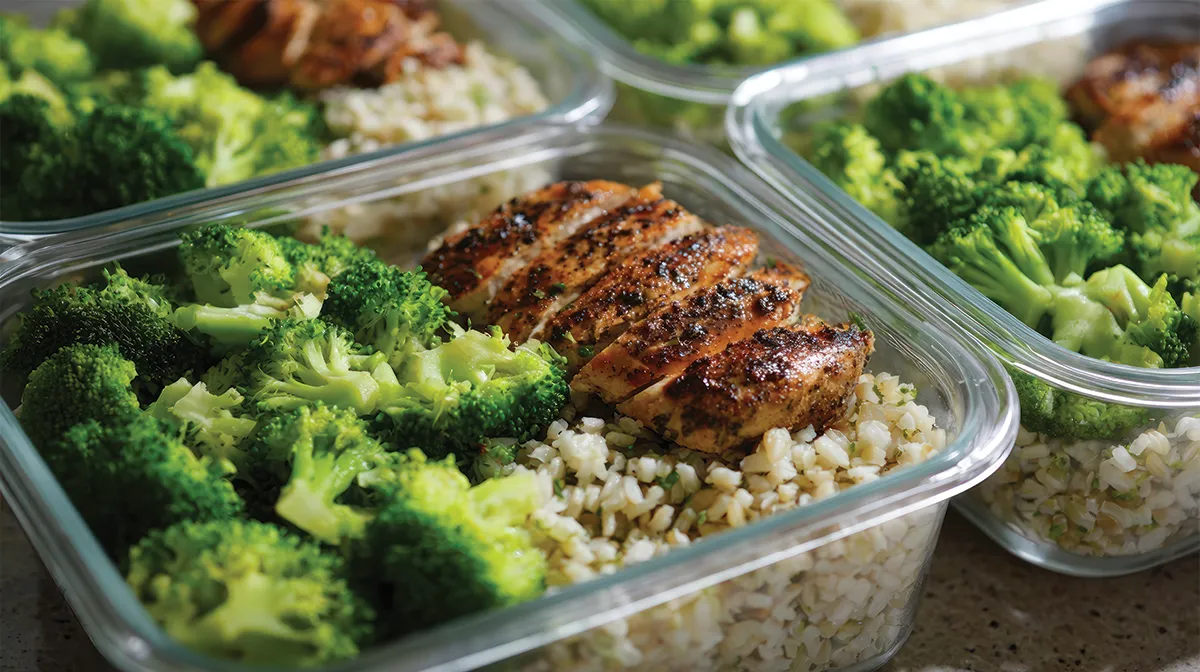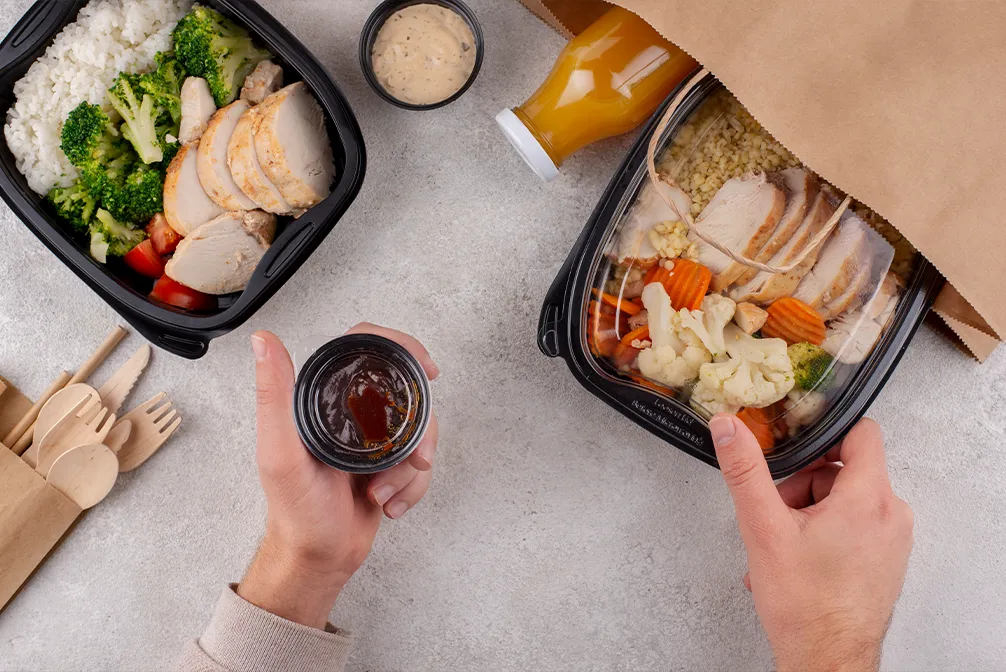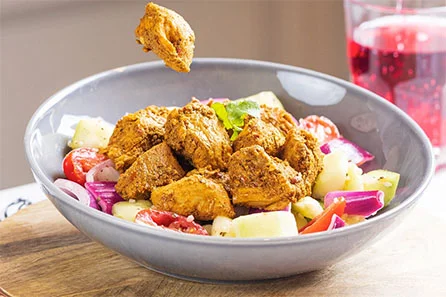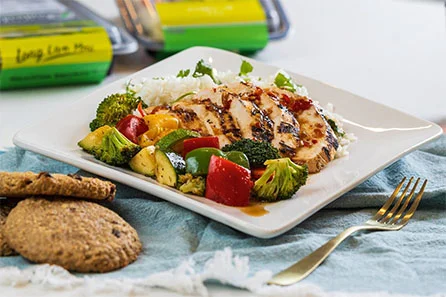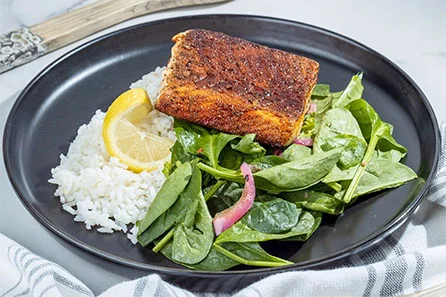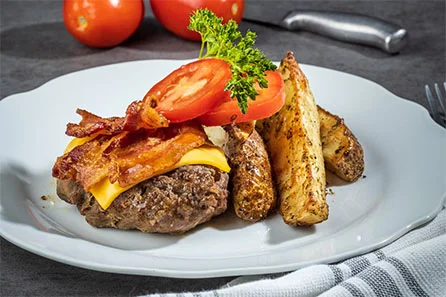How to Track Macros & Meal Prep for Beginners: A Simple Guide to Stay on Track
Why Tracking Macros Changes Everything
Ever feel like you’re eating “healthy” but not seeing results? That’s where tracking macros (macronutrients) comes in. Instead of just counting calories, you’ll focus on what those calories are made of — protein, carbs, and fats. Each plays a key role in fueling your body, supporting muscle growth, and keeping energy levels stable throughout the day.
When combined with meal prep, macro tracking becomes a powerful system to take control of your nutrition. No more guessing games — you’ll know exactly what’s going into your body and how it aligns with your goals.
Understanding Macros: The Foundation of Every Diet
Before diving into tracking, let’s break down the three main macros:
Protein: Builds and repairs muscle tissue. Found in chicken, fish, eggs, tofu, and Greek yogurt.
Carbohydrates: Your body’s main source of energy. Get them from oats, rice, fruits, and sweet potatoes.
Fats: Essential for hormone balance and brain health. Found in avocados, nuts, olive oil, and salmon.
Most nutritionists recommend starting with a macro ratio that aligns with your fitness goals:
Weight loss: 40% protein, 30% carbs, 30% fat
Maintenance: 30% protein, 40% carbs, 30% fat
Muscle gain: 40% carbs, 30% protein, 30% fat
You can use the USDA’s MyPlate guidelines for balanced nutrition, or tools like Healthline’s Macro Calculator to find your ideal split.
Step-by-Step: How to Track Your Macros
Tracking macros might sound technical, but trust me, it’s easier than you think. Here’s a foolproof step-by-step approach:
1. Calculate Your Daily Calorie Needs
Use our Calorie Calculator to determine how many calories you need daily. This depends on your age, weight, height, activity level, and goals.
2. Set Your Macro Targets
Once you have your calorie number, divide it into your chosen macro percentages. For example, on a 2,000-calorie plan with 40% protein, 30% carbs, and 30% fats:
Protein = 2000 × 0.4 ÷ 4 = 200g
Carbs = 2000 × 0.3 ÷ 4 = 150g
Fats = 2000 × 0.3 ÷ 9 = 67g
3. Log Your Meals
Use a tracking app like MyFitnessPal, Cronometer, or Lose It! to log what you eat. Most apps have a barcode scanner for packaged foods and a database for restaurant meals.
4. Review & Adjust Weekly
Your macro needs might change as your weight or activity level shifts. Recalculate every few weeks and make small tweaks.
Meal Prep for Beginners: Simplifying Your Week
Meal prep is about working smarter, not harder. It saves time, reduces stress, and keeps you on track with your macros. Here’s how to start:
1. Plan Your Meals
Choose simple recipes that fit your macro targets. You don’t need to cook gourmet — think grilled chicken with roasted veggies, oatmeal with berries, or turkey chili.
You can read What foods are the best for meal prep
2. Make a Grocery List
Group your list by category:
Proteins: chicken breast, eggs, salmon, tofu
Carbs: rice, oats, sweet potatoes
Fats: nuts, olive oil, avocado
Veggies: spinach, broccoli, bell peppers
3. Cook in Bulk
Set aside 2–3 hours once or twice a week to cook your meals. Use sheet pans, air fryers, or instant pots to save time.
4. Portion and Store
Use clear containers to divide your meals into portions based on your macro needs. Label them with dates to keep things fresh.
5. Stay Flexible
Not every meal needs to be prepped — leave room for spontaneity! Even prepping breakfast and lunch can make a huge difference.
Pro Tips for Staying Consistent
Track as you go: Don’t wait until the end of the day — you’ll forget!
Batch-cook proteins: Grill chicken, boil eggs, or cook quinoa in bulk.
Weigh your food: Use a food scale for accuracy, especially in the beginning.
Hydrate well: Water aids digestion and helps control hunger.
Be patient: It takes about 3–4 weeks to find your rhythm.
Common Mistakes Beginners Make (and How to Avoid Them)
Ignoring fiber: Even though it’s a carb, fiber keeps you full and supports digestion.
Overcomplicating meals: You don’t need 10 ingredients per dish — simplicity wins.
Not planning snacks: Keep macro-friendly snacks like almonds, Greek yogurt, or protein bars handy.
Forgetting to adjust: If progress stalls, recheck your calorie and macro targets.
This approach is backed by registered dietitians and fitness experts who emphasize balanced nutrition over restriction. According to Healthline Nutrition, macro tracking promotes mindfulness about food choices, which helps maintain weight and energy levels long-term.
When you pair expert-approved methods with your own consistency, you’re not just dieting — you’re building a sustainable lifestyle.
Wrapping It All Up: Your Next Steps
So, what’s the takeaway?
Tracking macros gives you clarity, while meal prep gives you control. Start small: track one meal a day, prep just a few lunches, and watch how your confidence grows.
Before you know it, you’ll be balancing macros like a nutrition pro and saving hours each week on meal decisions.
Ready to Take Charge of Your Nutrition?
Now’s your time to shine. Start tracking your macros and prepping your meals today — your energy, focus, and results will thank you later!
Want more beginner-friendly guides? Check out:

